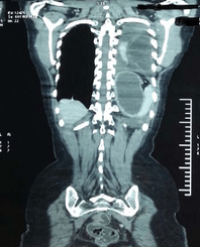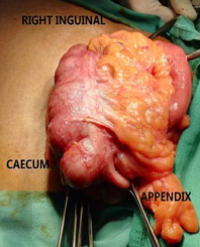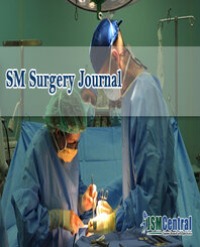Objectives: The goal of annuloplasty in mitral valve repair is to restore the normal physiologic form and function of native valve, with a recommendation of performing an annuloplasty with the repair. One of the major differences between the types of annuloplasties is the complete versus partial ring. We aimed to determine if the incidence of recurrent mitral regurgitation was affected by the type of annuloplasty used.
Methods: A single institution, retrospective review of 262 patients with degenerative mitral valve disease from 2008-2014 who underwent mitral valve repair with an implanted annuloplasty ring. Patients with documented type of annuloplasty ring, and complete follow up echocardiograms were included. The primary outcome was recurrent mitral regurgitation. Secondary outcomes included 30-day re-admissions and 30-day mortality.
Results: 145 of 254 patients (57.1%) received the complete ring annuloplasty while 108 patients (42.5%) received a partial ring. Recurrent mitral valve regurgitation was present in 20 (13.8%) patients versus 22 (20.37%) in the complete and partial ring, respectively (p=0.164). A multivariate logistic regression analysis was performed that revealed a complete ring was significant in reducing recurrent regurgitation (p=0.038).
Conclusions: Among patients with degenerative mitral valve disease and undergoing mitral valve annuloplasty, the use of a complete ring has a trend toward decreasing recurrent mitral regurgitation compared to a partial ring. When using a multivariable logistic regression analysis to adjust for predefined baseline covariates, there is a significant reduction in recurrent mitral regurgitation using a complete annuloplasty ring. Secondary endpoints of 30-day mortality, 30-day readmission, and overall mortality demonstrate no differences between the types of ring used.
Nathaniel Melton1 , W Kurtis Childers1 , John F Lazar2* and Mubashir Mumtaz3




